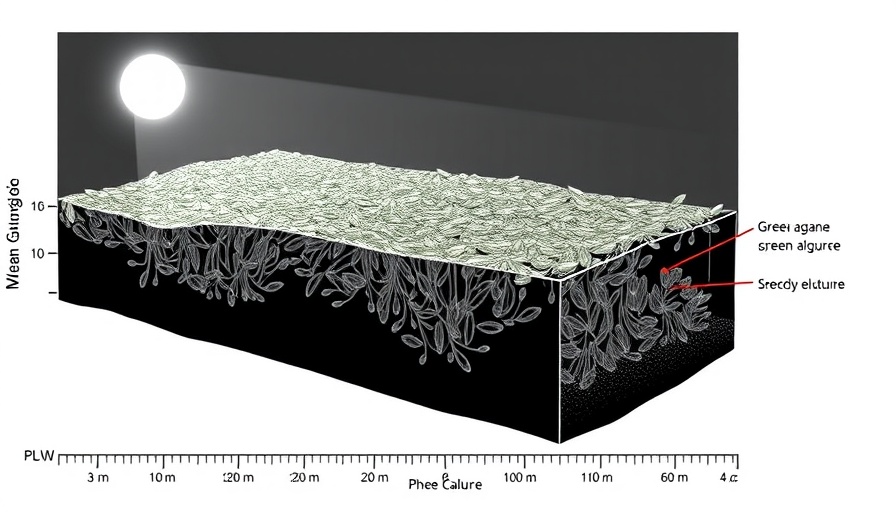
The Power of Light: How Algae Are Leading Renewable Energy Innovation
As the world seeks more sustainable energy sources, researchers are turning to nature's ingenious solutions. Scientists at the University of Bayreuth, alongside the Max Planck Institute, have revealed fascinating insights into how light affects the movement of hydrogen-producing green algae, particularly the unicellular organism Chlamydomonas. These findings promise to enhance biotechnological applications, paving the way for more efficient production of renewable energy.
The Dance of Algae: Understanding Movement Patterns
Chlamydomonas cells appear to be masters of adaptation, showcasing remarkable behaviors based on environmental conditions. Under varying light intensities, these cells alter their swimming speeds: brighter light prompts faster movement, while dimmer conditions slow them down. This adaptation is crucial not only for their survival but also for improving the overall health of their community in photobioreactors—high-tech systems designed to optimize the growth of these microorganisms for energy production.
Ecological Role Meets Technological Potential
These photosynthetic microorganisms are more than just tiny organisms swimming through water; they play a critical role in our ecosystem. Acting as carbon sinks, they reverse some of the harmful effects of climate change. Moreover, the hydrogen produced by Chlamydomonas when deprived of light and oxygen offers a renewable energy source that can potentially reduce reliance on fossil fuels.
Photobioreactors: How Algae Can Fuel Our Future
Understanding the movement dynamics of these algae is vital for optimal design of photobioreactors. By fine-tuning conditions within these systems—such as adjusting light intensity based on algae behavior—researchers can increase efficiency in producing hydrogen and other biofuels. This innovation is not only promising for energy production but also aligns with the global push for sustainability.
Future Implications: How This Research Could Revolutionize Energy Systems
As researchers continue to unravel the mysteries of Chlamydomonas, the potential applications of their findings are vast. With a clearer understanding of how light intensity impacts algal movement, the next generation of photobioreactors could become more than just a laboratory curiosity; they could serve as crucial components in residential and industrial energy systems. Imagine homes powered by hydrogen fuel cells that utilize the power of algae—it's not just possible; it's on the horizon!
 Add Row
Add Row  Add
Add 




Write A Comment